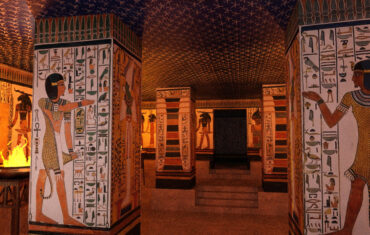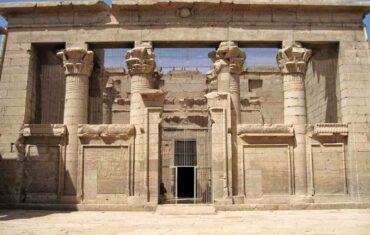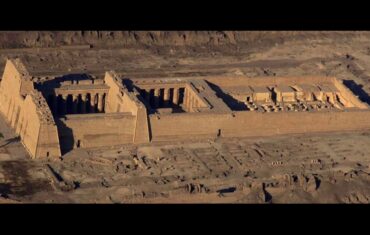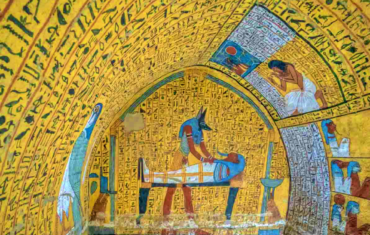The complex of the pyramids of Giza dates back to the 3rd millennium bc. C. (IV dynasty). It includes the pyramids of Pharaoh Cheops (2620-2597 BC) and his successors Khafre (2588-2563 BC) and Menkaure, (2560 BC), son of Khafre.
The pyramid of Cheops is one of the most famous and important buildings of the Egyptian and world art scene. Also known as the Great Pyramid of Giza, It represents the tomb of Pharaoh Khufu, a member of the 4th Dynasty, in the Ancient Kingdom.
The pyramid of Cheops is the oldest and largest of the three pyramids of the Giza necropolis.
The Pyramid of Cheops: Description
It is 146 meters high; its sides measure 230 meters each and consists of 2,300,000 blocks, weighing an average of two and a half tons. Its dimensions are the result of complex geometric and astronomical calculations, which make it an example of perfection.
The Greek historian Herodotus (5th century BC) states that it took thirty years to build it, committing a hundred thousand men (modern historians trust these figures) to cut, transport and lay stones.
Like the other pyramids, the pyramid of Cheops was not accessible from the outside, while inside it contained some burial rooms. The pharaoh’s cell, generally located at the base of the building, is located here exceptionally almost in the center, topped with 9 granite monoliths.
It is entirely covered with white limestone slabs on which hieroglyphics were carved. At the top stood the Piramydion, the tip of the pyramid, consisting of a single block of granite covered with electro – a alloy of gold, silver and copper – that reflected the sunlight at long distance.
The architects devised a kind of labyrinth to try to make the pharaoh’s burial chamber inaccessible. Despite these precautions, the pyramid has been repeatedly violated by “tomb robbers”, which, penetrated inside, have taken away all that precious was kept there.
The pyramid of Cheops is the only one of the seven wonders of the ancient world that has come to us.






